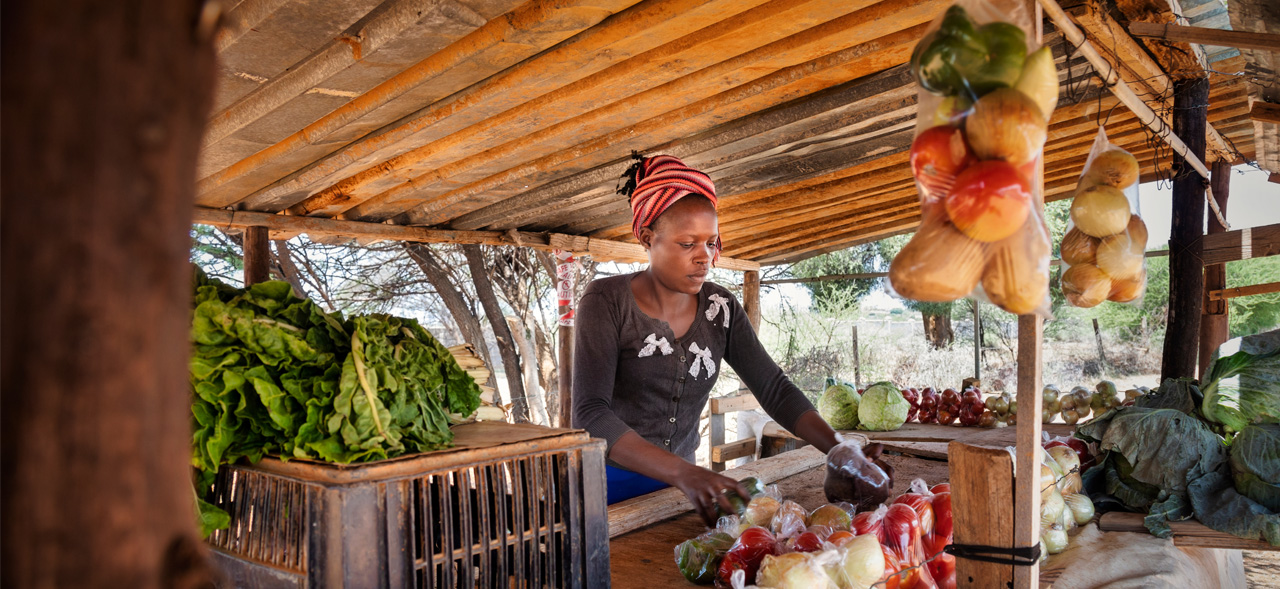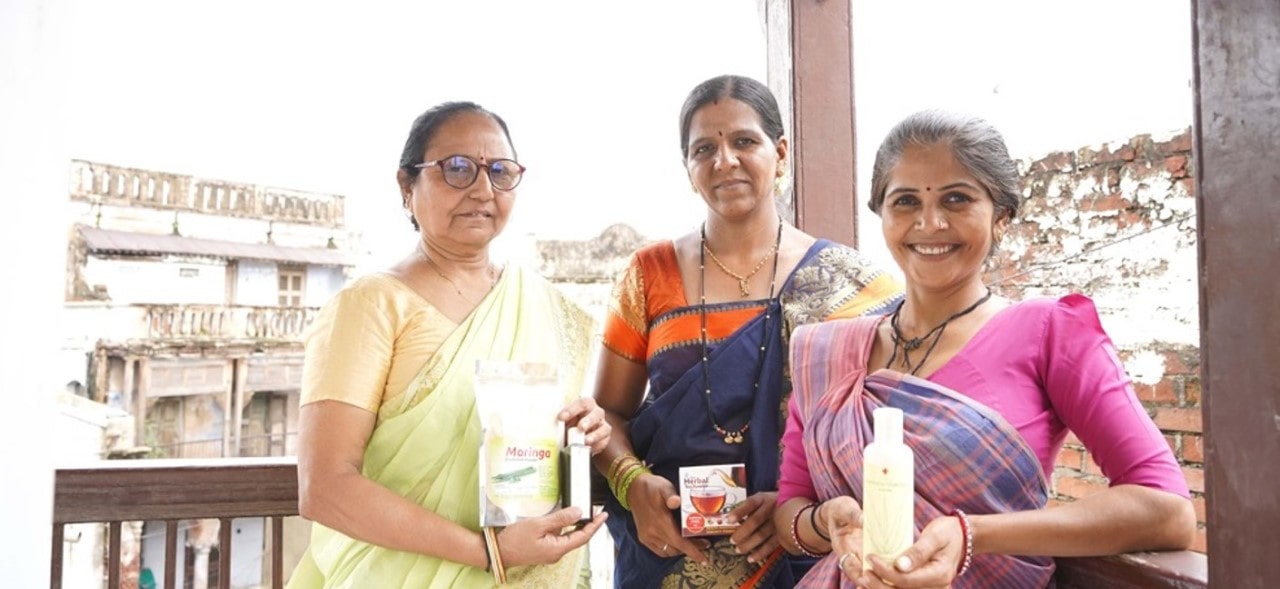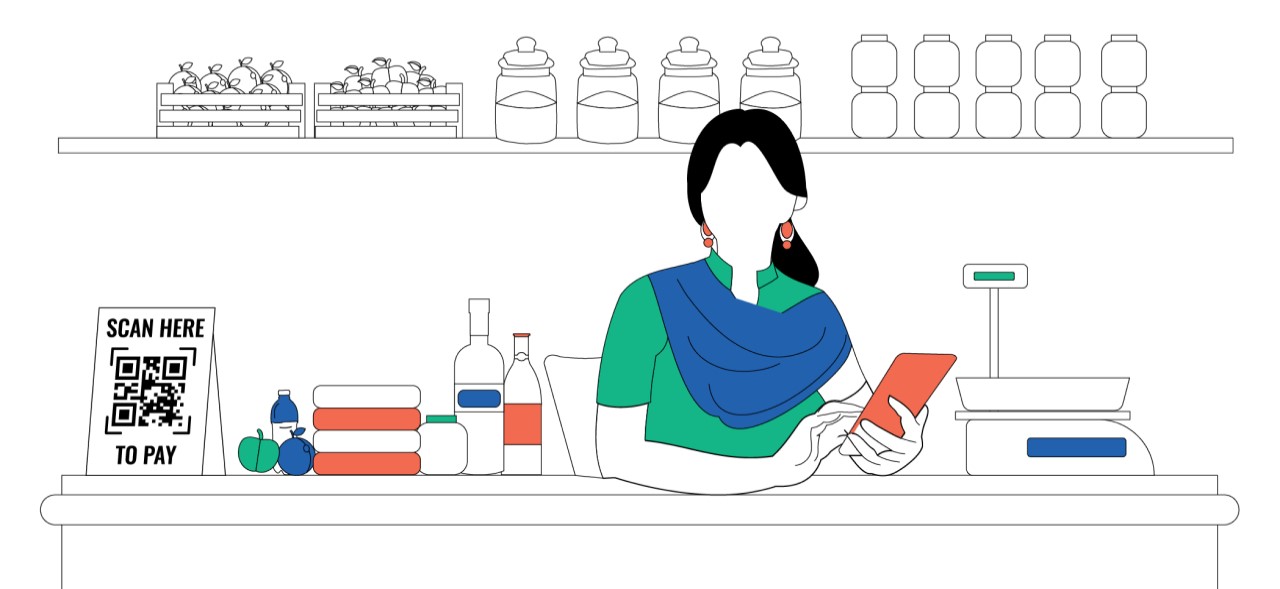
MicroSave Consulting (MSC) is a boutique consulting firm that has, for 25 years, pushed the world towards meaningful financial, social, and economic inclusion. These podcast series are hosted by MSC for dedicated founders, start-ups, investors, and other stakeholders in the startup ecosystem. Through this bouquet of curated conversations around developments in the financial inclusion space, we offer insights and lessons based on our research and expertise.
In this podcast, we host Mel Mosime, Director of Pic-A-Biz Consulting. We cover strategies to strengthen the entrepreneurial ecosystem for South Africa’s women-owned microenterprises (WMEs). The conversation dives into initiatives to enhance WMEs’ resilience, partnerships between financial institutions and development partners to de-risk lending and encourage formalization, and the growing trend of WMEs that use digital solutions to save rather than borrow.






